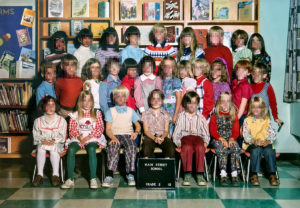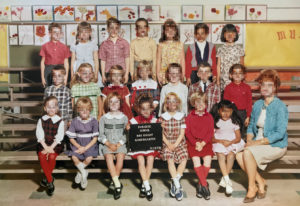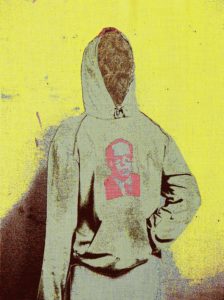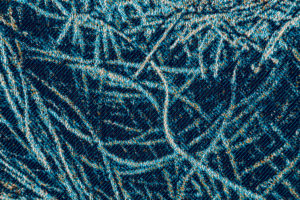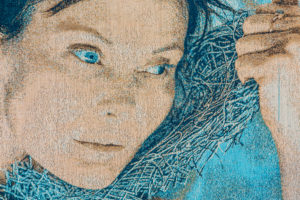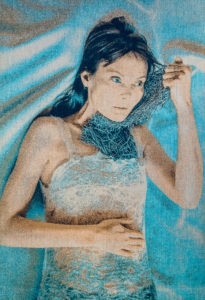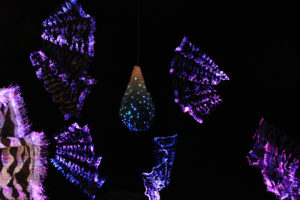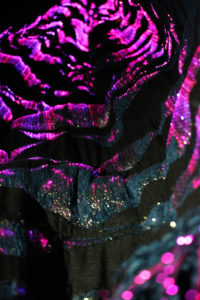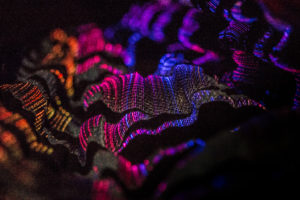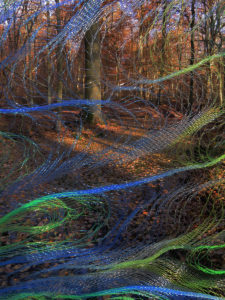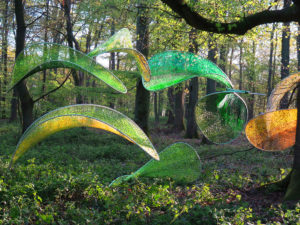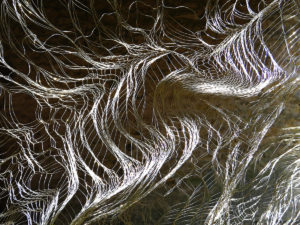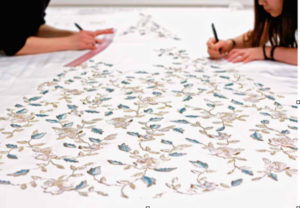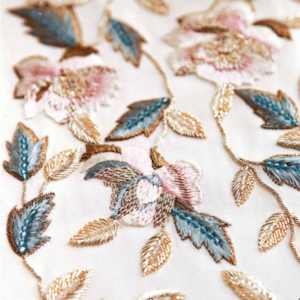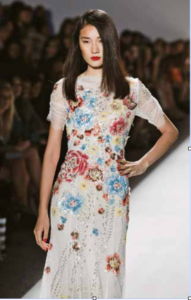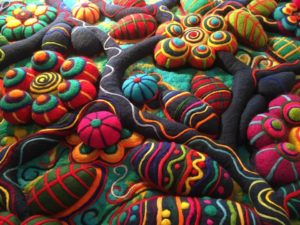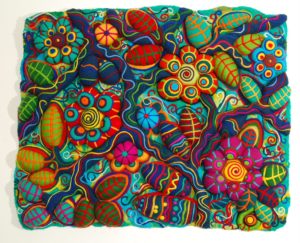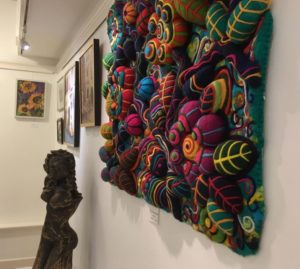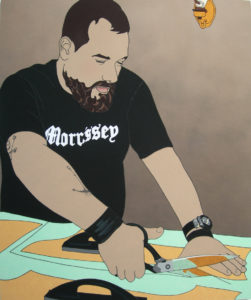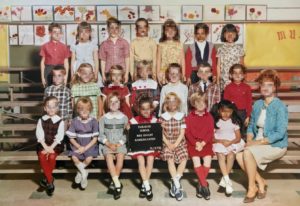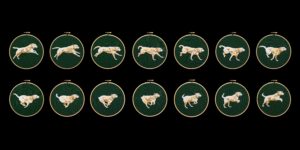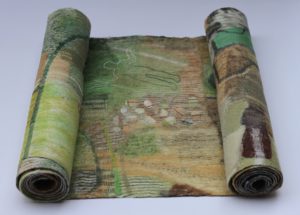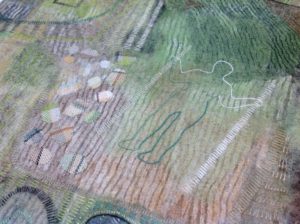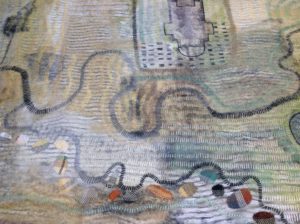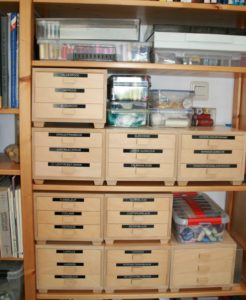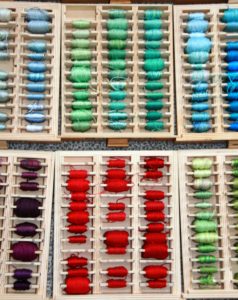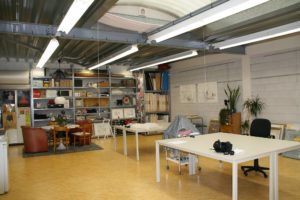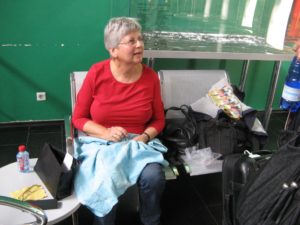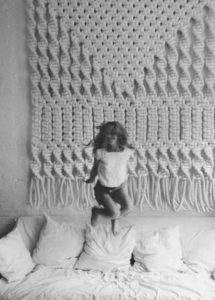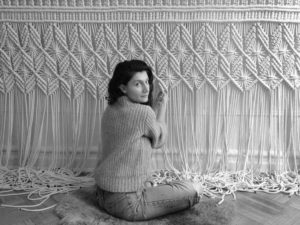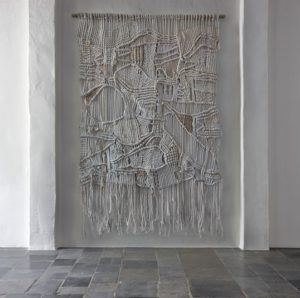Diane Meyer’s class photos
Images above: Class Two and Class One, Hand Sewn Archival Ink Jet Prints 2018 by Diane Meyer
We are all to familiar with posing for the camera but there was a time pre-digital photography where being photographed was a more formal event. This is what has interested Diane Meyer and her she talks about the concept behind her latest series of old elementary school class photographs from the 1970s.
” This project will continue my interest in the relationship between photography and memory and is an extension of an earlier project,’ Time Spent That Might Otherwise Be Forgotten’. In the class photographs, the faces of the students, or what would normally be the main focal points of the image, are obscured with cross-stitch embroidery made to resemble the digital pixel structure of the image. By obscuring what would typically be the most important parts of the image, otherwise overlooked details are brought into focus such as body language and the embodiments of social convention. I am interested exploring these details to reveal not only the relationships between the various figures, but also how, even at a very young age, children were taught and instructed to pose in particular ways based on gender. Drawing on the ideas of Roland Barthes in his book Camera Lucida, the project will also explore the ways in which clothing items were carefully chosen by parents to convey a particular impression for peers and future generations. I am interested in this time period not only because it is my own generation, but because it is the last generation to have a childhood unclouded by digital technology. These class pictures were taken before camera phones and digital cameras and at a time when having one’s class picture taken was still a serious and important occasion- something that has been lost on today’s children who are accustomed to their parents photographing them with camera phones repeatedly throughout the day- and thus more susceptible to the impulses of impressions management through pose, body language, dress and other details in the image.”
Find out more at dianemeyer213@gmail.com or to read her profile page click on here



